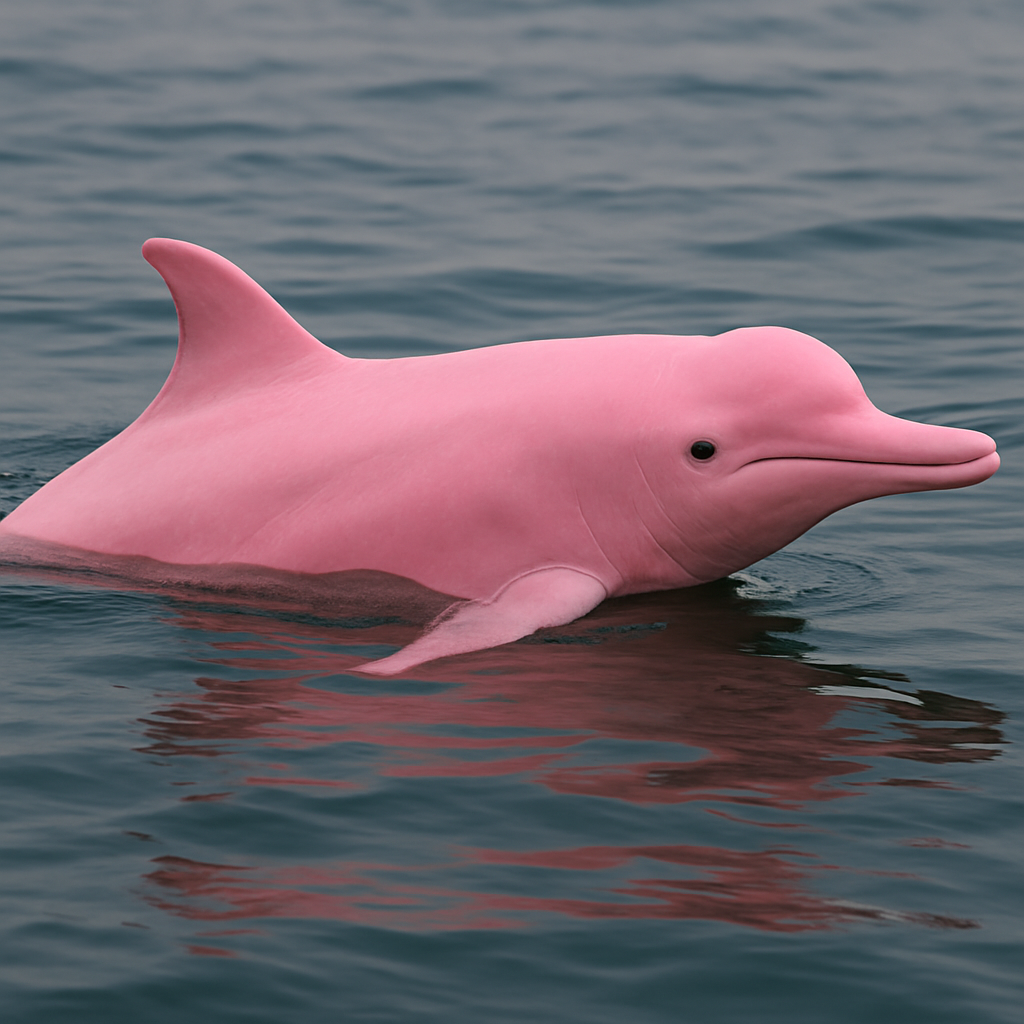The Enchanting World of Pink Dolphins: Nature’s Rare Marvel
When we think of dolphins, the image of sleek, gray creatures gliding through the ocean usually comes to mind. But did you know that pink dolphins exist? These rare, magical beings are not just fantasy — they are very real! Known for their stunning color and mysterious behaviors, pink dolphins capture the imagination of everyone who learns about them. In this article, we’ll dive into the fascinating world of pink dolphins, uncovering where they live, why they’re pink, and why protecting them is so important.

What Are Pink Dolphins?
Pink dolphins, scientifically known as Inia geoffrensis, are commonly referred to as the Amazon river dolphins or botos. They are freshwater dolphins native to the Amazon and Orinoco river basins in South America. Unlike their ocean-dwelling cousins, pink dolphins have adapted beautifully to life in murky river waters, developing unique features to thrive in their environment.
Why Are Pink Dolphins Pink?
One of the most intriguing questions is: why are pink dolphins pink? The truth is, their color can vary! While many pink dolphins are born gray, they may turn pink due to several factors:
- Capillary placement: Their pink hue is largely due to blood vessels being close to the surface of the skin.
- Scarring: Older dolphins often appear pinker because of scars from rough play or battles with other dolphins.
- Genetics and sunlight: Some dolphins have naturally lighter skin, and prolonged exposure to sunlight can also enhance the pink coloration.
Their shade can range from soft blush to a vivid hot pink, making each individual uniquely beautiful.
Where Can You See Pink Dolphins?
Pink dolphins are primarily found in:
- The Amazon River (Brazil, Peru, Colombia)
- The Orinoco River (Venezuela)
- Tributaries and flooded forests throughout the Amazon Basin
Unlike oceanic dolphins, pink dolphins navigate through flooded forests, narrow channels, and muddy waters. They are known for their playful personalities and intelligent behavior.
Fun Facts About Pink Dolphins
- Highly Intelligent: Pink dolphins have a brain 40% larger than that of a human!
- Flexible Bodies: They can bend their necks 90 degrees to navigate around tree roots and obstacles.
- Diet: They feed on over 50 species of fish, as well as turtles and crabs.
- Solitary Behavior: Unlike marine dolphins that live in pods, pink dolphins are often solitary or travel in small groups.
Are Pink Dolphins Endangered?
Sadly, pink dolphins are classified as endangered. Habitat destruction, pollution, fishing nets, and illegal hunting pose serious threats to their survival. Deforestation in the Amazon rainforest further worsens the situation, destroying the delicate ecosystems that pink dolphins depend on.
Conservation efforts are underway, with organizations working to protect river habitats and raise awareness about the importance of these incredible creatures.
How You Can Help Pink Dolphins
If you want to help save pink dolphins, you can:
- Support wildlife conservation groups focused on Amazon biodiversity.
- Advocate for sustainable fishing practices.
- Educate others about the importance of river ecosystems.
- Avoid buying products that contribute to Amazon deforestation.
Even small actions can contribute to a larger movement to protect these extraordinary animals.
Conclusion
Pink dolphins are living proof that nature still holds breathtaking secrets waiting to be discovered. With their mesmerizing color, high intelligence, and gentle spirit, they remind us of the importance of preserving the wild places of our planet. By learning about pink dolphins and supporting conservation efforts, we can ensure that future generations will also have the chance to marvel at this pink wonder of the waterways.








